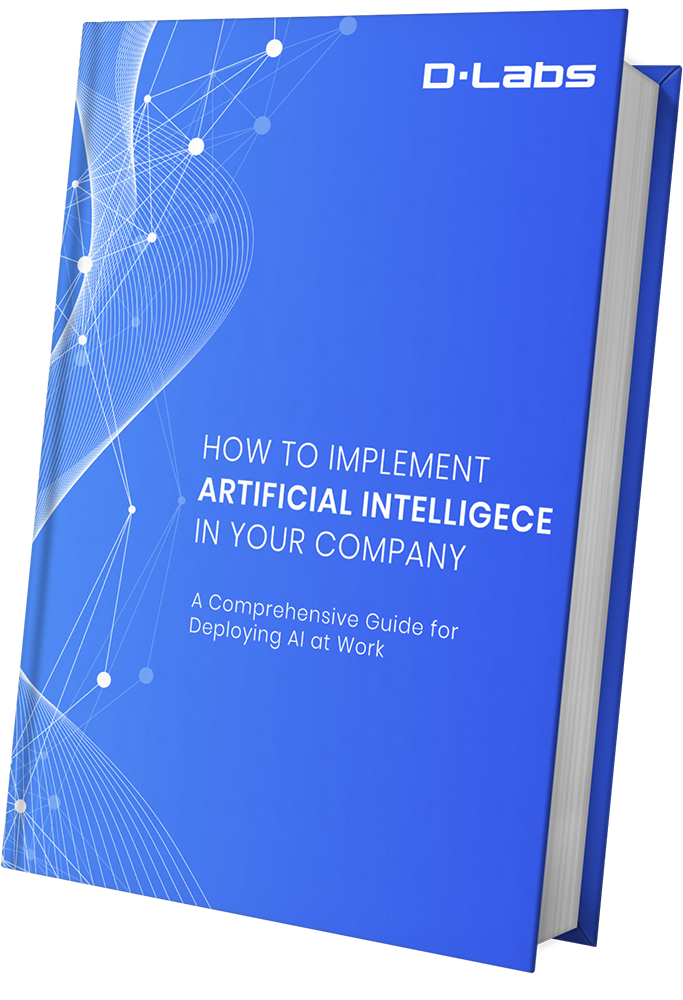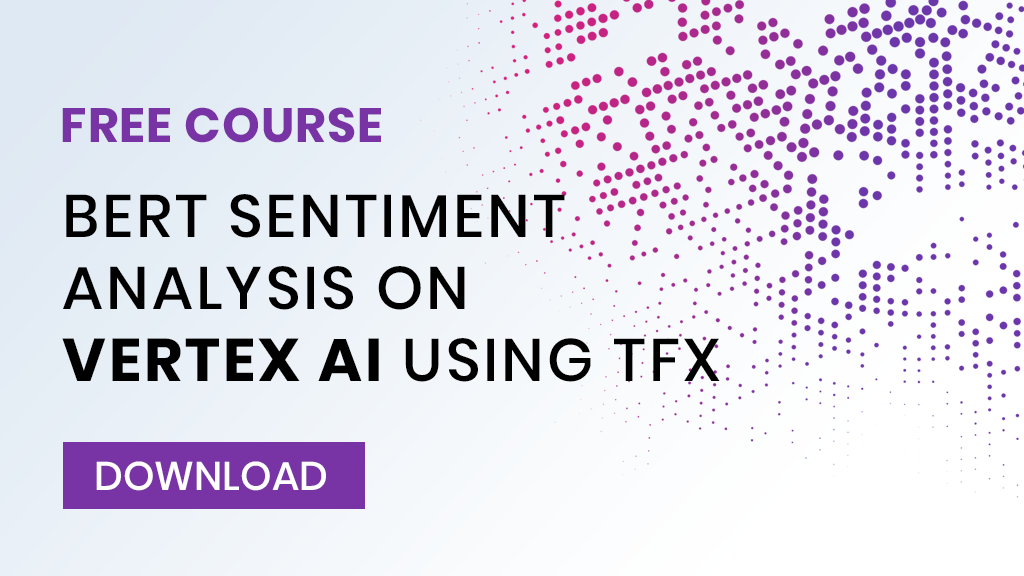Let’s start by getting one thing straight. There’s no single way to estimate a machine learning project.
After all, you’re asking people to create a program that can harness vast amounts of data in such a way that it generates huge value for your business. And that’s no easy task. But if you work with the right team, they will have a process that makes estimating the work as simple as possible.
Based on our experience working with many clients, we’ve created a process that seems to work well. In this article, we’ll share it with you so you can see what it takes to estimate a machine learning project.
The Basics of Estimation
No two businesses use the exact same workflows. And so, no two machine learning projects will share the exact same scope.
Some will need little more than an AI feature built on top of existing software — whereas others might call for a standalone service that powers an entire platform. That’s why it’s always best to approach any estimation on its own merits.
That means you need to:
- Start by understanding the specific business problem you’re trying to solve
- Then assess:
- If an off-the-shelf solution can give you what you need
- If something more sophisticated is the only way forward
And when it comes to optimizing specific internal processes — like sales forecasting, marketing analysis, or pricing strategies — your company data will be integral to the project, which adds another consideration to the estimation.
In truth, there are hundreds of moving factors that not only determine if a project is feasible. They also dictate whether anyone can build an effective solution at a reasonable cost.
That’s why accurate estimates require such a deep understanding of AI.
A Simple Way To Estimate a Machine Learning Project
When estimating a machine learning project, it’s often best to forget everything you know about typical software estimation.
There are so many unknowns, with so many possible data sources, that the only way to move forward is to accept a degree of uncertainty and let your business problem guide you towards the solution.
For this reason, the process nearly always starts in the same place.
Step 1: Define Your Business Problem
Without a clear picture of the problem you’re trying to solve, there’s no way to find a suitable path forward.
That’s why a comprehensive Discovery Process is so important.
By keeping your mind clear of what the solution might look like and, instead, focusing squarely on your business, your industry, your world — it becomes much easier to answer the questions that will determine your next steps:
- How do you operate?
- What are your biggest challenges?
- Where can you improve?
With answers in hand, you won’t only start to define your needs with much more precision. You’ll be able to analyze whether your available data is fit-for-purpose. And by doing that, you’ll be better able to flag both the primary risks and the biggest unknowns.
And while the Discovery Process won’t reveal a solution, it will help you explain the context of your project to your stakeholders so that they can buy into the big picture.
Step 2: Outline the Research ‘Blocks’
While every machine learning project is different, the early strategy is largely the same, which is why tasks like ‘exploratory data analysis’ and ‘research reviews’ follow next.
Because research helps you zero in on possible paths forward. And as it’s possible to categorize such tasks into ‘blocks’ — using experience from past projects to know it takes ‘X weeks to do Block Y’ — you can quickly start to build an estimate.
You can also use this step to separate the ‘AI work’ from the ‘non-AI work.’
In doing so, you’ll see how and where you can reduce the estimate (because if you can take care of, say, data retrieval or formatting, there’s one less cost to add to the mix).
Step 3: Outline the Development Time Frame
The simplest way to determine cost is to estimate the time frame. And when you develop a machine learning product, you should expect to work in one or two-week iterations (depending on the project scope).
This is the time spent developing and testing the machine learning algorithms themselves. And again, past development experience can help you understand how many iterations your project will need, from which you can deduce the next set of costs.
Step 4: Define the Integration Approach
A significant portion of the final project cost will come from the integration approach; simply put, that’s whether you:
- Integrate the product into existing infrastructure
- Create a new SaaS service, mobile app, or website
The scope of the project often determines the path taken. But an experienced business analyst (BA) can help you decide if one option is better than the other.
Moreover, the BA can help you understand the cost implications of favoring one approach by first gathering requirements, then getting a team of developers to estimate the cost based on those details.
Step 5: Determine the Infrastructure Costs
The integration approach isn’t the only significant cost factor. Your infrastructure requirements will impact the final estimate as well.
That’s why there are several important decisions to make here, including:
- A cloud or on-premises solution
- Architecture scalability
- Computational resource requirements
- Data back-up policies
Again, a BA can work with you to find the optimal approach. And they should also flag where costs might vary between development and production.
Step 6: Agree on Maintenance Costs
The final cost to estimate is maintenance, which is somewhat down to you.
The primary drivers here are aspects like contract duration and required response times. While if you think you’ll need updates to the machine learning model over time, it’s best to highlight them now.
Modifications may result from data updates, new data sources, or various other events: no matter the reason, if you require changes, they’ll come at a cost.
Will the Final Estimate Cover Every Cost?
When you get your estimate, you should ask if the team that worked out the cost will also take charge of the project itself.
If they will, you can have every confidence in the quality and integrity of the estimate itself, while you’ll know there’ll be no ambiguity once you get into the project. As a result, provided the scope doesn’t change, there’s little reason for the costs to creep.
And that’s the benefit of working with an experienced team. They know what questions to ask up front, meaning you avoid any nasty surprises down the line.
All costs will be transparent: from research to development, right the way through to maintenance. But don’t forget: if the initial estimate looks higher than expected, you can always scale your ambitions back.
In fact, that’s an approach we often suggest.
After all, by building a proof-of-concept, you can test an idea at a fraction of the cost. So if you’re exploring machine learning for the first time, consider starting small, proving the value, then scaling the solution.
A successful trial will only help you secure investment for the main event.
Kickstart Your First Machine Learning Project
If you’re considering a machine learning project, why not start today.
At DLabs.AI, we’ve helped dozens of businesses explore artificial intelligence for the first time. And we work tirelessly not only to deliver accurate estimates — but to ensure a stellar project experience, backed by:
1. A Professional Development Approach
By following SCRUM methodology, we can offer constant insight into progress. We can even adapt requirements as we go because we stay Agile.
2. A Dedicated Project Manager + Testers
While you’ll work closely with the developers, they won’t be your main point of contact. For that, you’ll have a dedicated project manager to keep the project on time and on budget, with testers guaranteeing you get the right results.
3. Clean Code That’s Easy To Maintain
We strive to develop the cleanest code possible, getting at least one extra developer to review every line. That way, we minimize maintenance and maximize the ROI.
4. A Quality Guarantee
If a bug ever disrupts the user experience, we’ll step in to fix the issue. After all, you’ve paid for perfection, and we’ll do everything in our power to deliver just that.
To take your first step — either download our free eBook on ‘How To Implement AI In Your Company’.






